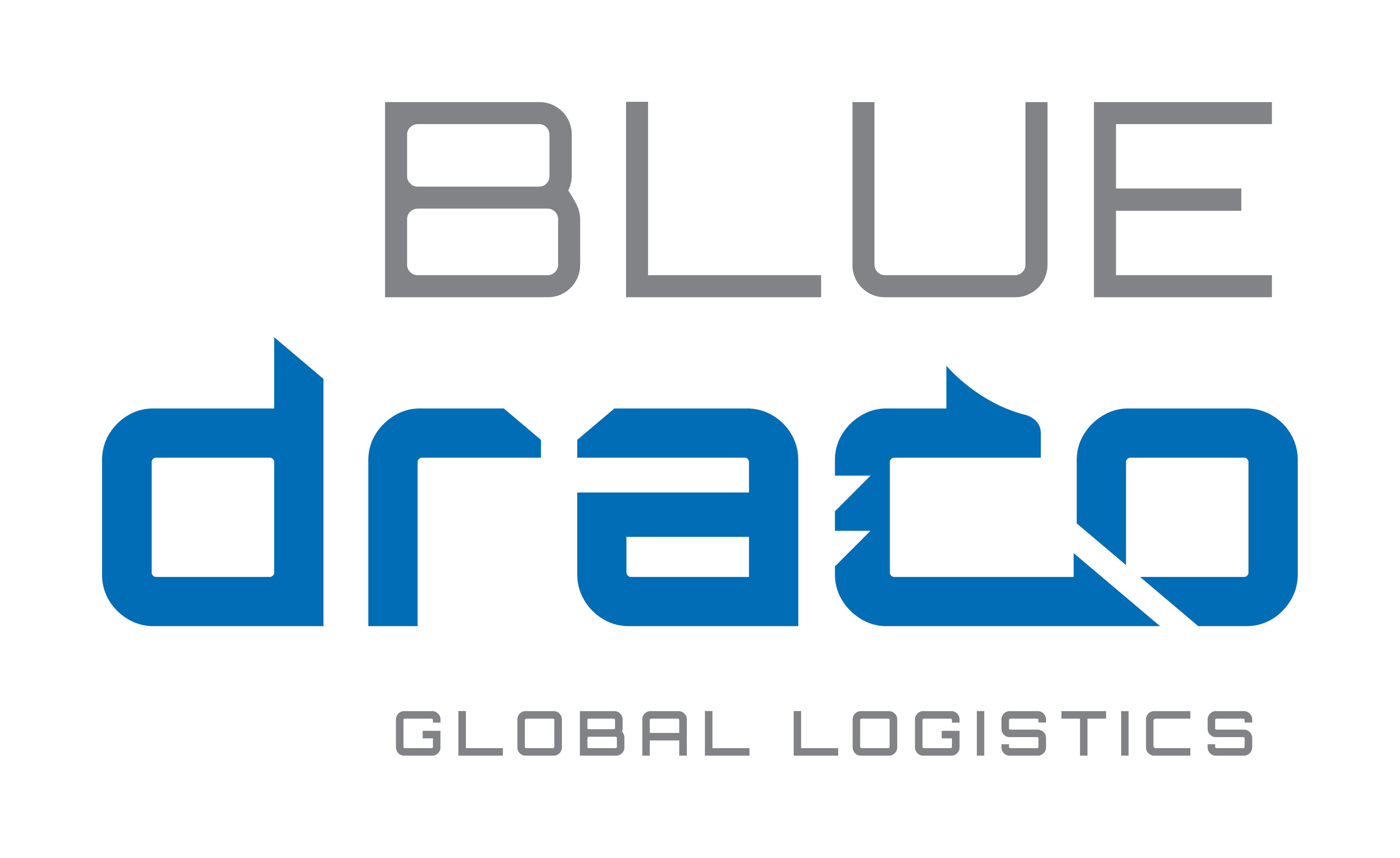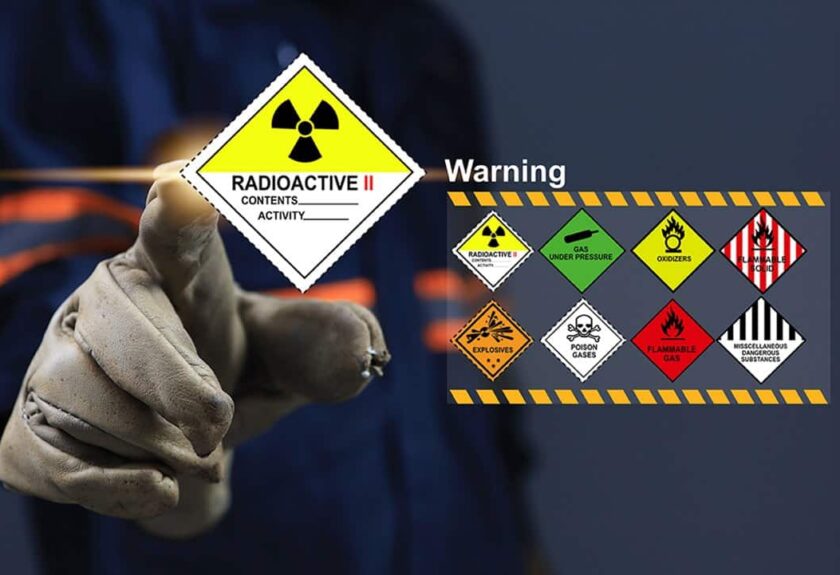Knowing the legislation and the code that governs the entire supply chain is the key to international trade. The IMDG code, International Maritime Dangerous Goods Code, contains the current provisions and regulations governing the transport of dangerous goods by sea, initially this code arises for the protection of the crew and the environment, containing information on the groupings or types of dangerous goods, labeling, packaging and other information that you should know before importing or exporting your product.
Hazardous material means any substance or product that during its manufacture, handling, transport, storage or use may generate or release vapors, fumes, gases or fibers capable of producing infectious, irritable, flammable, explosive, corrosive, asphyxiating, toxic or any other hazardous effects.
According to the IMDG code, goods classified as dangerous for maritime transport are grouped as follows:
– explosives,
– gases,
– flammable liquids,
– solids and other flammable substances,
– oxidizing substances and organic peroxides,
– toxic and infectious substances,
– radioactive materials,
– corrosive substances and
– miscellaneous hazardous substances.
It is important that if you handle any product that falls into these categories, you must have a dangerous goods declaration in order to be able to ship your cargo.







